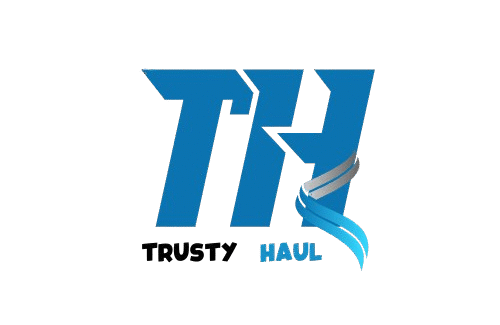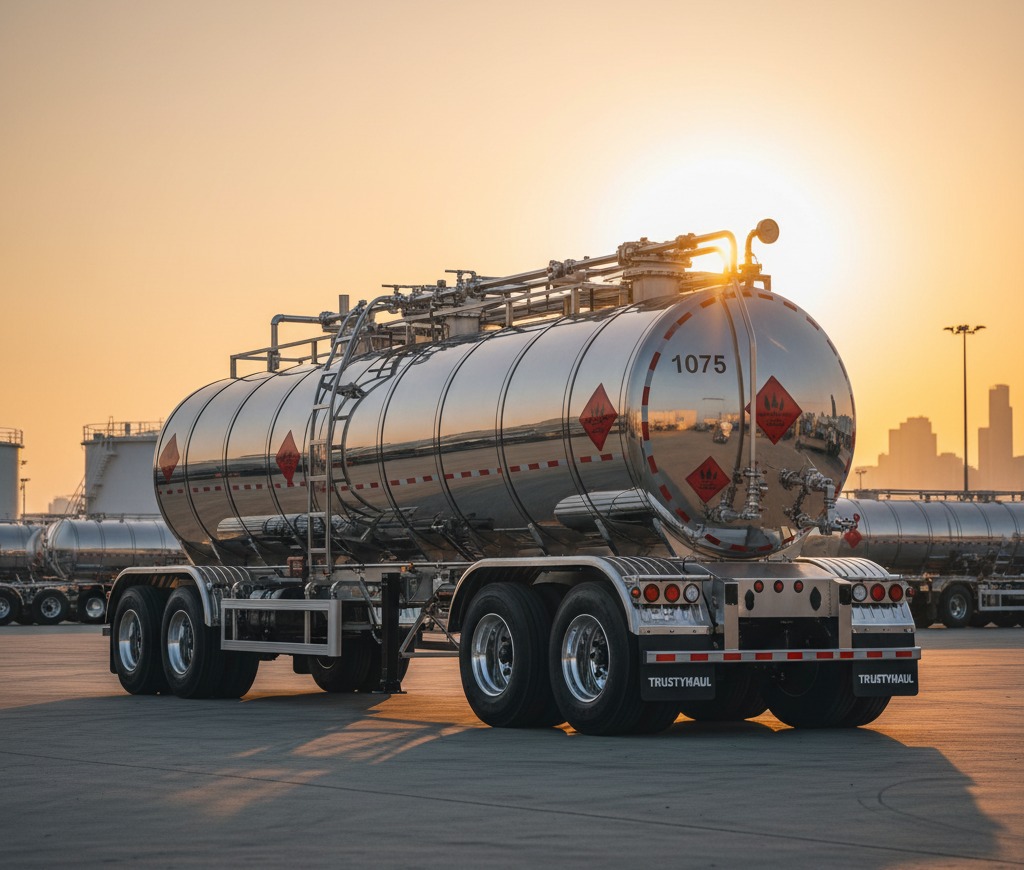Transporting Liquefied Petroleum Gas (LPG) is a critical operation that demands the highest commitment to safety. These specialized loads are essential for energy supply, but they carry unique risks that necessitate rigorous pre-trip inspection. To ensure maximum LPG Transport Trailer Safety, following a thorough checklist is non-negotiable before you hitch up and roll out.
Here are the five essential safety checks every driver must perform before hauling an LPG Transport Trailer (view our specific models here: LPG Transport Trailer).
1. The Tank, Valves, and Fittings Integrity
The most critical component is the pressure vessel itself. Any compromise could lead to a catastrophic event.
- Visual Inspection: Check the tank’s exterior for any signs of physical damage, dents, or corrosion. Even minor surface defects can compromise structural integrity under pressure.
- Valve and Gasket Check: Ensure all service valves, safety relief valves, and gauges are free from leaks and operating correctly. Check the integrity of all piping and fittings. Any weeping or frosting near a valve indicates a potential leak that must be addressed immediately.
- Secure Bolting: Verify that the tank is securely fastened to the trailer chassis with all holding bolts and saddles torqued to specification.
2. Tire Condition and Pressure
Tires are the only contact point with the road, and they bear the immense weight of the pressurized cargo. Tire failure on an LPG transport trailer is a serious emergency.
- Tread Depth and Wear: Inspect all tires for adequate tread depth and look for uneven wear patterns, which can indicate alignment issues.
- Sidewall Integrity: Check the tire sidewalls for any cuts, bulges, or cracks.
- Correct Inflation: Always check and adjust tire pressure according to the manufacturer’s specification when the tires are cold. Under-inflated tires generate excessive heat, a major cause of blowouts, which is especially dangerous with flammable cargo.
3. Brake System Functionality
A fully loaded LPG trailer requires maximum braking power and reliable responsiveness.
- Air Line and Connections: Inspect all air lines for chafing, cuts, or leaks. Ensure the glad hands are securely connected and sealed.
- Brake Adjustment: Verify the brake stroke on all axles is within the safe limit. Improperly adjusted brakes are ineffective and can lead to uneven wear.
- Emergency Brake Test: Perform a simple tug test to ensure the emergency and parking brakes engage properly and hold the load securely.
4. Lighting and Signaling Systems
Visibility and the ability to communicate your intentions to other drivers are paramount, especially with an oversized or hazardous load.
- All Lights Operational: Test every light, including brake lights, turn signals, running lights, and hazard flashers.
- Placards and Markings: Ensure the required DOT/HAZMAT placards (e.g., 1075 for LPG) are correctly mounted, clean, and visible on all four sides of the trailer. The company name and license numbers must also be clearly displayed.
5. Documentation and Emergency Gear
Your preparation goes beyond the mechanics of the trailer—it includes the necessary paperwork and safety equipment.
- Required Documents: Confirm you have all shipping papers, bills of lading, emergency response information (including MSDS/SDS), and driver’s license/endorsements readily accessible.
- Fire Extinguishers: Verify that at least one fully charged fire extinguisher of the appropriate rating (typically 10-BC or higher) is secured and inspected within the last year.
- PPE and Spill Kits: Ensure you have necessary personal protective equipment (PPE), such as gloves and eye protection, as well as basic tools and leak-stopping materials.
LPG Transport Trailer Safety is the foundation of the hauling business. By making these five checks a part of your routine, you ensure the protection of your driver, the cargo, and the public.
To learn more about Our Company and our commitment to safety and quality in transport equipment, visit our About Us page. If you have any questions about specific maintenance procedures or our product line, please Get in Touch via our Contact Us page, or start browsing at TrustyHaul.

